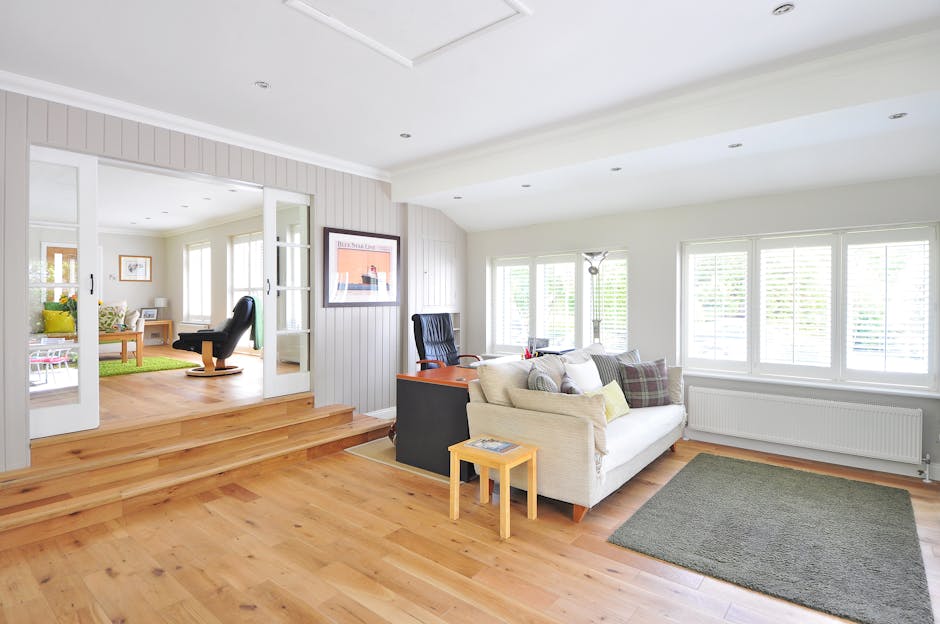
Understanding Wood Flooring Types
Wood flooring is a crucial element in home decor, and choosing the right type starts with understanding the differences between engineered and solid wood varieties. This decision impacts aesthetics, durability, and installation methods.
Engineered vs. Solid Wood: Key Differences
Engineered wood flooring boasts enhanced durability, constructed similarly to plywood, featuring layers of wood with grains arranged in different directions and compressed into planks.
On the other hand, solid wood flooring is crafted from a single piece of natural wood, providing a genuine feel. While solid wood highlights authentic features, engineered wood may sometimes lack that natural appearance, often displaying a shiny or synthetic look.
Finishing Techniques and Installation Methods
Numerous solid hardwood flooring options come prefinished, but if you’re looking for a customized appearance, applying your own finish can be beneficial. This allows you to choose the sheen and color that best matches your home’s decor.
With a wide array of stain options available, finding the ideal shade that complements your furnishings is quite achievable.
Installation methods differ based on the wood type chosen. You can either nail the boards to the subfloor with flooring nails or use a pneumatic stapler. Some engineered flooring may require adhesive application to secure it to the subfloor.
The floating installation method is the easiest, where planks interlock through pre-cut tongue and groove slots. Depending on the wood type, some may need adhesive, while others simply click together, making it a great option for DIY enthusiasts.
Final Thoughts on Wood Flooring Selection
As you navigate the process of selecting wood flooring, keep in mind the aesthetic you want to achieve, your budget constraints, and the installation method you prefer. Ultimately, the right choice will enhance your home’s beauty and functionality.
